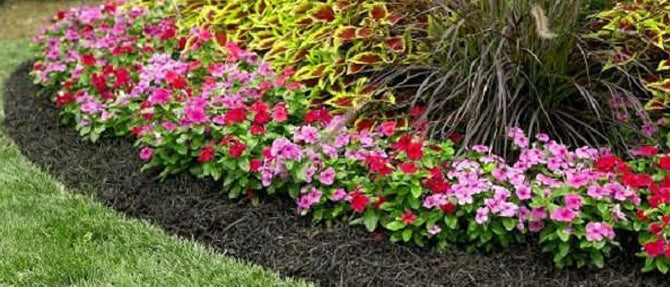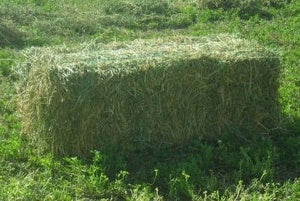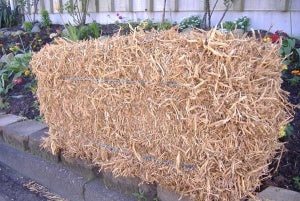Long hot summer days are what we long for in the depths of winter; this summer has been so hot I’m glad to be in Autumn even more than usual. Autumn is my favourite month in the garden, the busiest and most labor intensive, but defiantly my favourite. I love cool starts to the morning, beautiful sun sets and rain that gives my garden a drink for free (be it time or cost).
There are very few non edible trees that the digger did not fell in the first week that we arrived here in Kerikeri. Two Autumn trees at the driveway gate were saved since I knew they would look stunning now we are in April, but they will also be a wonderful source of free soil conditioners once they grow taller than their two meter high present status. I’m hoping that by digging them up and replanting them in large well prepared holes that they will be able to grow to their typical height of a Liquid Amber. These feature trees must have been planted in shallow holes since I estimate them to be 10 years old. They should be the height of the house. The ground at the entrance of our property is very rocky to say the least. It will take another digger mission so in the mean time it can wait. Thankfully we have a line of Chinese Poplar which will give me more than enough leaves for my compost bins and once rotted down in a wet pile will be a wonderful mulch.
Mulch in your garden is going to help stop the temperature and moisture fluctuations that stress your plants out, resulting in a meager harvest and potential bug infestation. This week I want to share with you my favourite mulches which are light to work with and help feed the soil as well as keep it warm on cool days and cool on hot days.
For best results mulch all areas of your garden 7cm thick and keep away from the base of your plants to avoid rotting the stems of your veggies. Mulching will save significant time in your garden weeding, so don’t overlook this handy tip to dress up your garden this month.
Lucerne Hay
This is a first go to of mine. I use it when building layered self composting veggie gardens and also as a layer of mulch. Lucerne Hay is a crop that has the least synthetic sprays applied during the growing season in the paddock. It is rich as an animal feed as well as popular in the garden as it has lots of plant variety in the hay but does not shoot to seed like Meadow hay does – which I recommend you don’t try and use! Take a country drive to a local RD1 supply store or Falloons for a bale. Share it amongst friends or stash the left overs away for next season. If space is an issue, bagged Lucerne and Pea Hay mix is available at local garden centers like Palmers in two handy sizes.
Pea Hay
Do you remember your Nana’s rose garden covered in Pea Hay in Autumn? I do. Pea Hay is very high in Nitrogen and will help ‘fix’ Nitrogen in the soil, particularly where crops like Broccoli, Cabbage, Cauliflower and Kale have grown. Garden centers retail it bagged and it is available by the bale at stock and feed suppliers if you get in early in the late summer season.
Rotted Leaves
Autumn leaves that have been wetted down and bagged for at least a few months, if not the entire winter provide the garden or worm farm with wonderful humus. The leaves improve the soil structure and give a variety of nutrition for the worm farm. Rotted leaves as a mulch help significantly with moisture retention and warmth over colder months. Never bother putting freshly fallen Autumn leaves on the veggie garden. They will inherently blow everywhere and are too ‘dry’ to break down for the garden to use as a nutrition boost. If you don’t have access to your own Autumn leaves then visit a park or the side of a tree lined road with a large sack bag or two. Many a time I have done this and it never fails to boost the garden in time for Spring planting.




